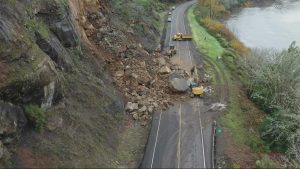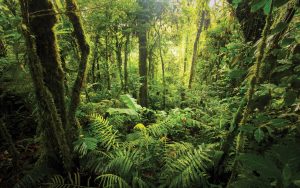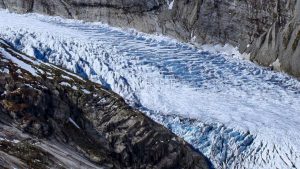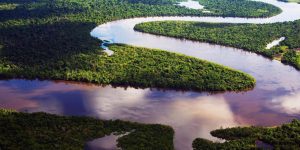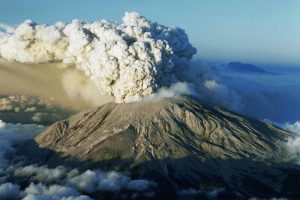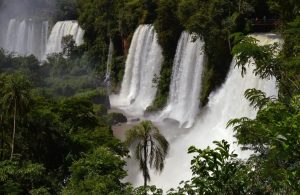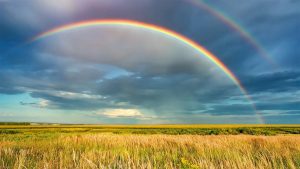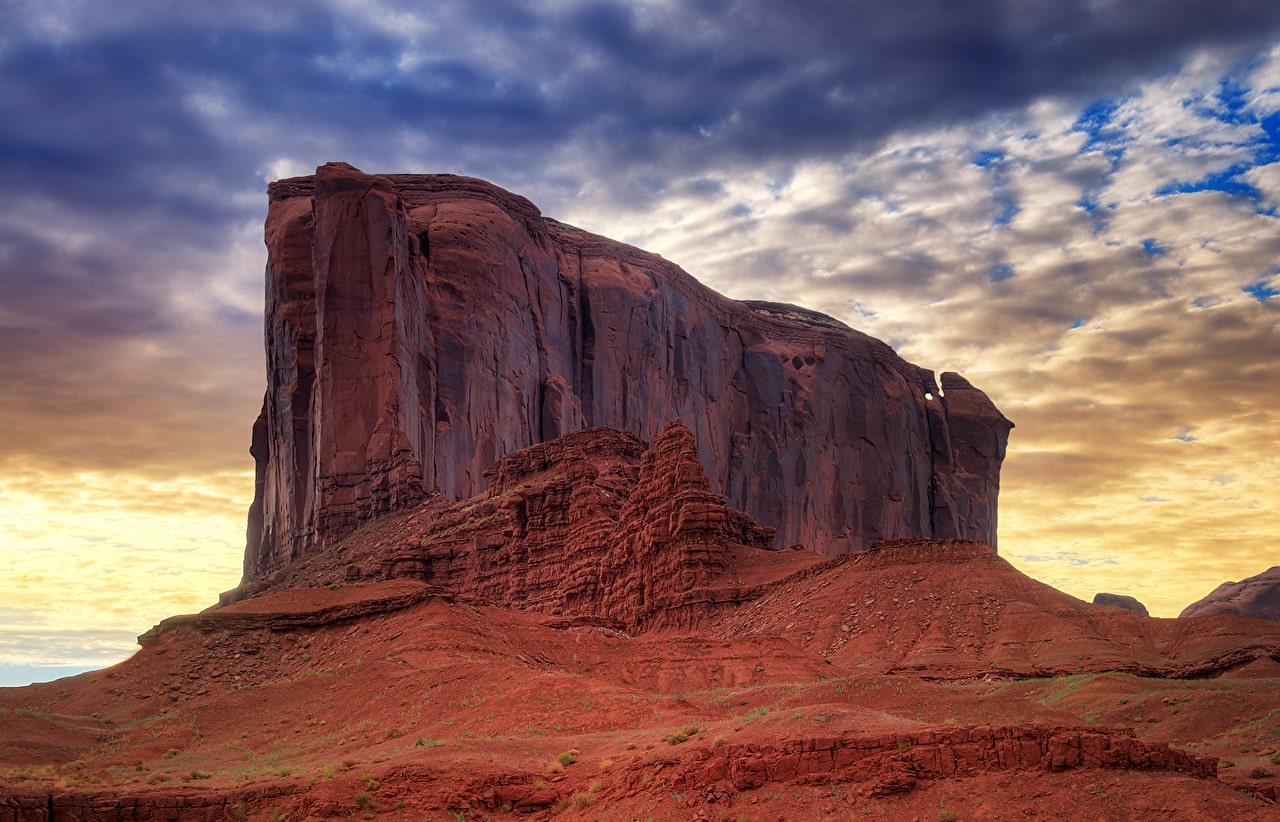
24 interesting facts about Plateaus
- 👁️ 1348
Plateaus, often referred to as the high plains, are unique geographical formations characterized by flat-topped areas that rise sharply above the surrounding landscape. These natural wonders are found all over the world, from the vast Tibetan Plateau in Asia to the Colorado Plateau in the United States. Plateaus hold significant importance not just for their distinctive landscapes, but also for the diverse ecosystems they support and their historical significance to human civilization. Their formation can result from various geological processes, including volcanic activity, erosion, and uplift. Here are 24 interesting and informative facts about plateaus that highlight their characteristics, formation, and importance.
- A plateau is defined as a large flat area of land that is elevated significantly above the surrounding area.
- The Tibetan Plateau, often called the “Roof of the World,” is the highest and largest plateau globally, with an average elevation of 4,500 meters above sea level.
- Plateaus can be formed by volcanic activity, where lava erupts and spreads over large areas, cooling to form a flat, elevated landmass.
- The Deccan Plateau in India is an example of a volcanic plateau, created by vast volcanic eruptions that occurred approximately 65 million years ago.
- Erosional plateaus are formed by the erosion of surrounding land, leaving a flat elevated area. The Colorado Plateau is an example.
- The process of uplift, where tectonic plates collide and push the land upwards, can also create plateaus.
- Plateaus cover about 45% of the Earth’s land surface.
- The Andean Plateau, or Altiplano, in South America is one of the largest in the world and is notable for being the most extensive area of high plateau outside Tibet.
- Some plateaus, like the Ethiopian Plateau, are known for their significant historical and archaeological sites.
- Plateaus are often rich in minerals, making them important areas for mining activities. The African Plateau is rich in diamonds and gold.
- The world’s largest plateau, the Tibetan Plateau, influences global climate systems, including the monsoon seasons in Asia.
- Inter-mountain plateaus are surrounded by mountains on all sides. The Tibetan Plateau is surrounded by the Himalayas to the south.
- Plateaus are often used for agricultural purposes due to their fertile soil, as seen in the Colombian Plateau.
- Many of the world’s rivers, including the Nile and the Yellow River, originate from plateaus.
- The Columbia Plateau in the Pacific Northwest of the United States was formed by a series of volcanic eruptions that occurred between 6 and 17 million years ago.
- Tectonic plateaus can result from the Earth’s crust’s horizontal compression, such as the Anatolian Plateau in Turkey.
- Dissected plateaus are highly eroded plateaus cut by rivers and broken by deep valleys, such as the Cumberland Plateau in the southeastern United States.
- The Grand Canyon, one of the world’s most famous natural landmarks, was formed by the Colorado River cutting through the Colorado Plateau.
- Plateaus often have a significant biodiversity and are home to unique plant and animal species adapted to high-altitude environments.
- The Bolivian Plateau is home to Lake Titicaca, the world’s highest navigable lake.
- Many plateaus are considered sacred by indigenous peoples and hold cultural significance.
- The term “plateau” is derived from the French word “plat,” meaning flat.
- Plateaus can experience extreme weather conditions, with significant temperature variations between day and night.
- Some plateaus, like those found in the Antarctic, are covered in ice and play a crucial role in Earth’s climate system.
Plateaus are fascinating geological features that offer more than just breathtaking landscapes. They play crucial roles in biodiversity, climate regulation, and human history. Their formation processes tell the story of Earth’s dynamic geological past. Plateaus not only contribute to our understanding of the planet but also provide resources, habitats, and a window into ancient civilizations. As we continue to explore and study these elevated wonders, their significance to both the natural world and human society becomes ever more apparent.


